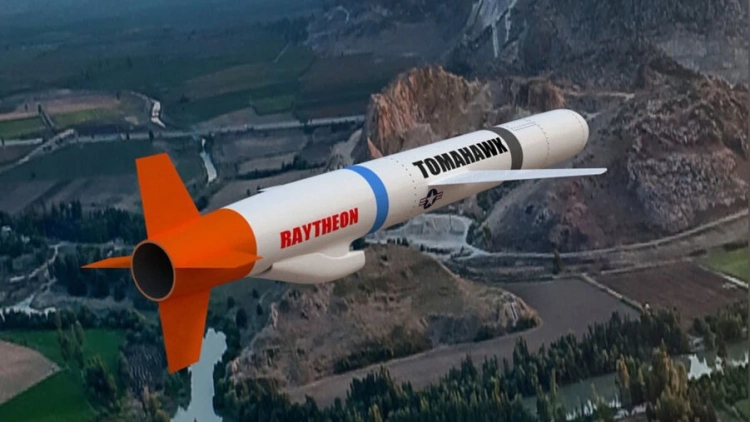
Trump noted that "the problem with the Tomahawk is that it is a very complex weapon, and it...
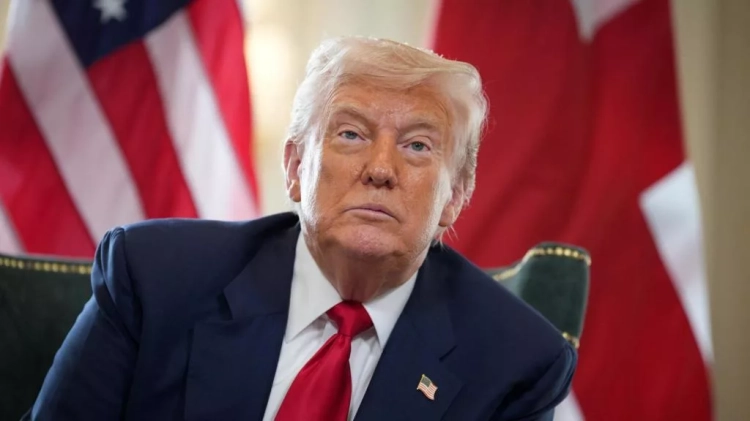
According to Trump, China's actions, including threats to restrict the export of rare earth...

SU-25 attack aircraft from the CSTO airbase "Kant" struck at a conditional enemy. - The...
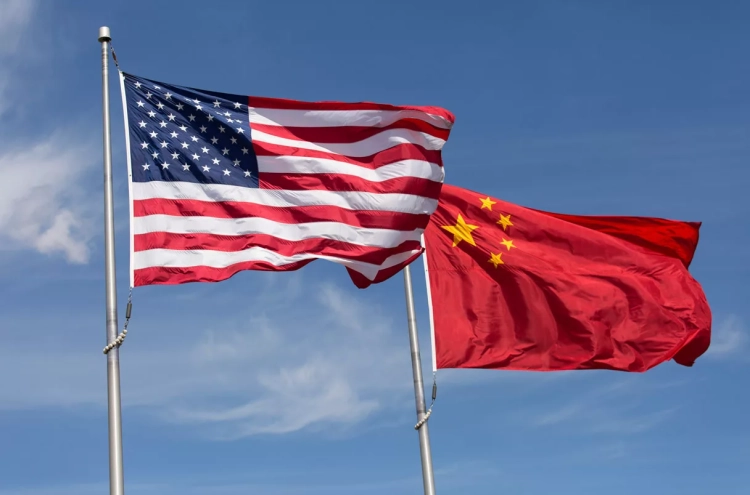
The flags of the USA and China against a clear sky symbolize the relationship between the two...
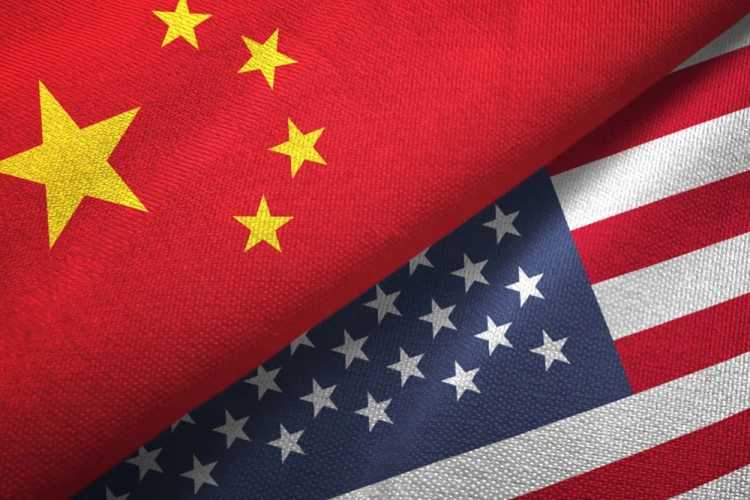
A representative of the Chinese Ministry emphasized that if Trump decides to carry out his...
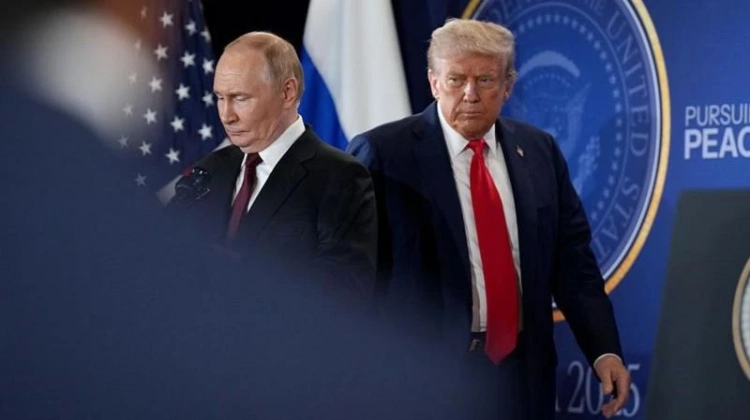
US President Donald Trump has canceled the meeting with Vladimir Putin that was scheduled to take...

On Thursday, October 15, a press conference was held at the international press center of the...
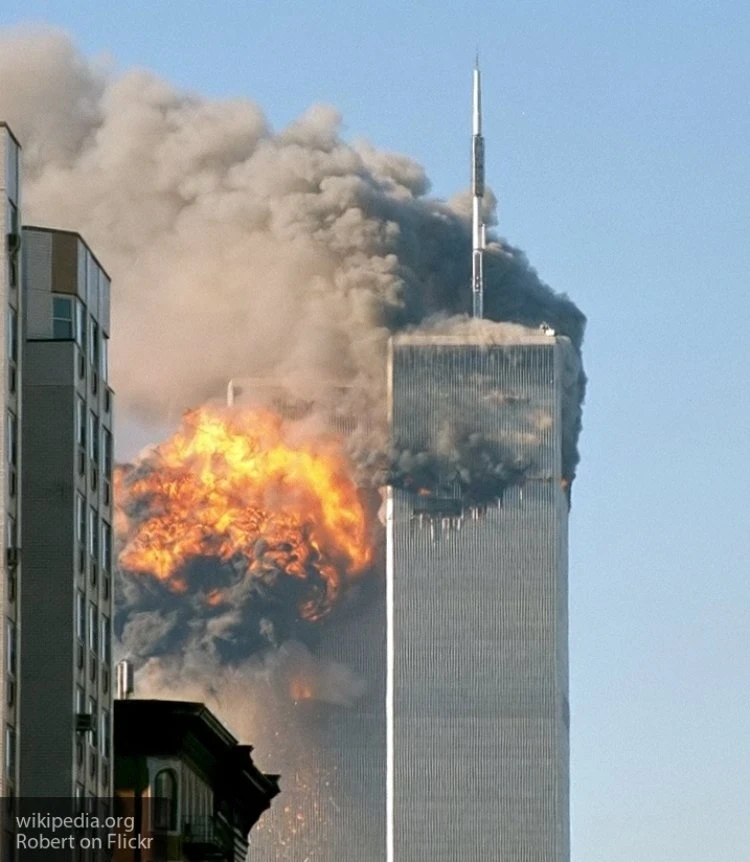
Author: Paul Wood — worked as a foreign correspondent for the BBC for 25 years: in Belgrade,...

The invasion of illegal armed formations of the Islamic Movement of Uzbekistan into the southern...
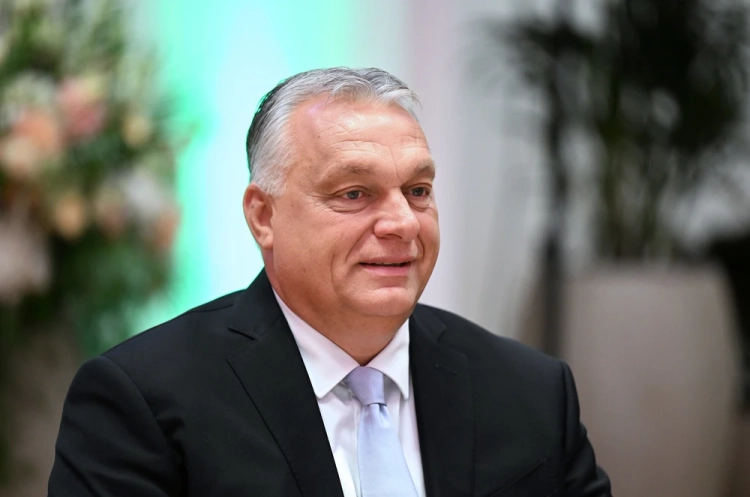
Prime Minister of Hungary Viktor Orban On Wednesday, Viktor Orban announced the ongoing...
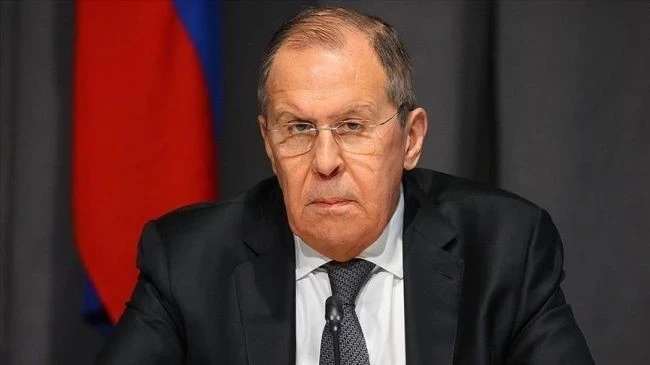
Sergey Lavrov Lavrov noted that the "European patrons" of Ukrainian President Volodymyr...

Issyk-Kul Region – Bakyt Tolkanov. The renovated "Issyk-Kul" airport in Tamchy has begun...
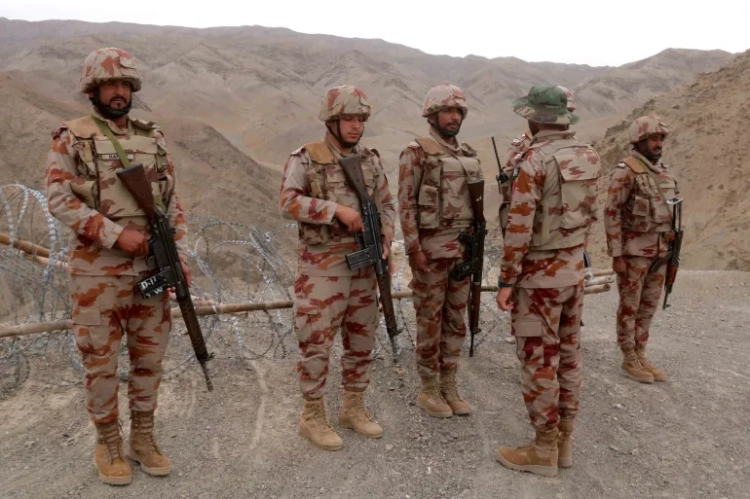
The conflict between Afghan and Pakistani forces has escalated, leading to deadly clashes in...

The daughters and grandchildren of the President of Uzbekistan with Italian tenor Andrea Bocelli....

DOMINICA. Commonwealth of Dominica A state on the island of the same name in the Lesser Antilles...
[img]http://vesti.kg/dаta:image/svg+xml;base64,PHN2ZyB4bWxucz0iaHR0cDovL3d3dy53My5vcmcvMjAwM...
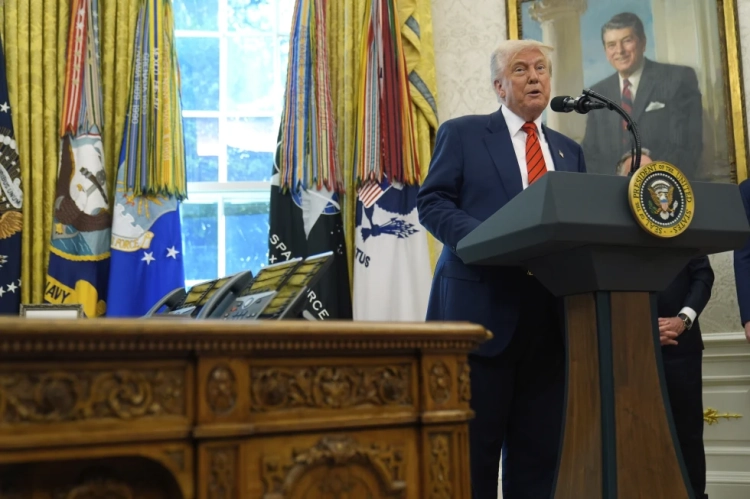
At the event dedicated to the Diwali holiday at the White House, U.S. President Donald Trump made...
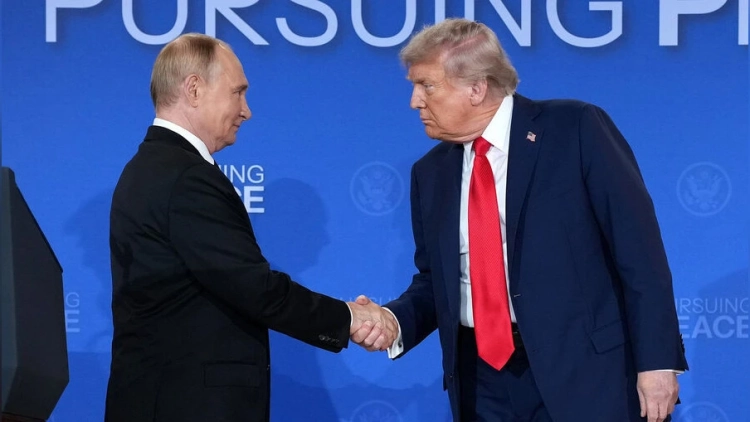
Illustrative photo Trump emphasized: “I canceled the meeting with Putin because I see no point in...
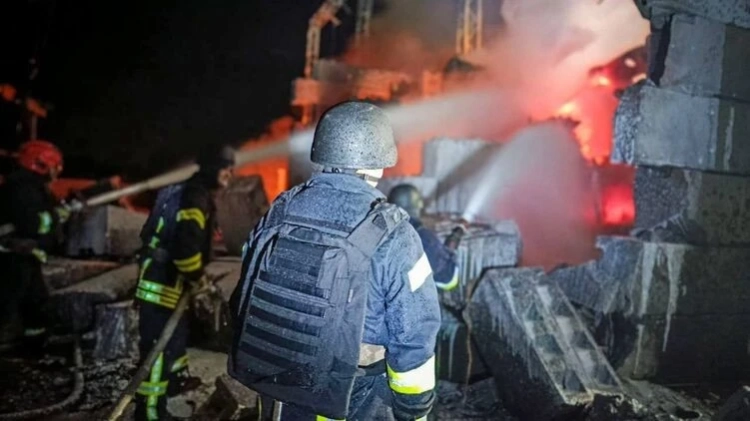
As a result of the attacks in Kyiv, two people have died, including one in the Dnipro district,...
In the Kara-Kulja district of the Osh region, a dog attacked a child, resulting in the child's...
In Karakol, located in the Issyk-Kul region, Vadim Arkhipov works as a computer science teacher who...
The Ministry of Finance has announced the launch of a project aimed at developing seed production...
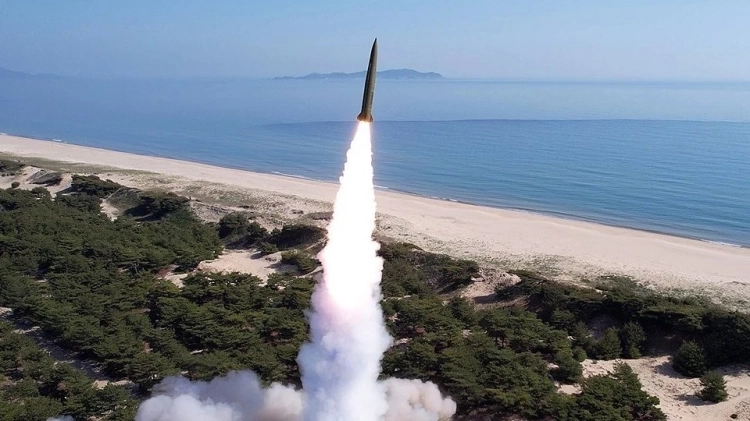
The launch was recorded at 8:20, however, the military could not determine the type of missile,...
Muhamed Mahmudov, the father of the famous Kyrgyz wrestler Akzhol Mahmudov, expressed his...

The invasion of illegal armed formations of the Islamic Movement of Uzbekistan into the southern...
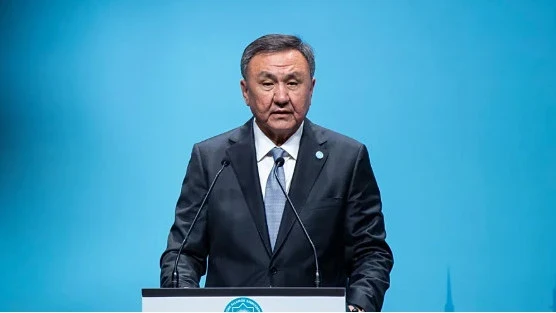
Kubanychbek Omuraliyev Omuraliyev also emphasized that the combined GDP of Turkic-speaking...

Foreign Ministers of Central Asia Discussed Security Issues in the Region The foreign ministers of...
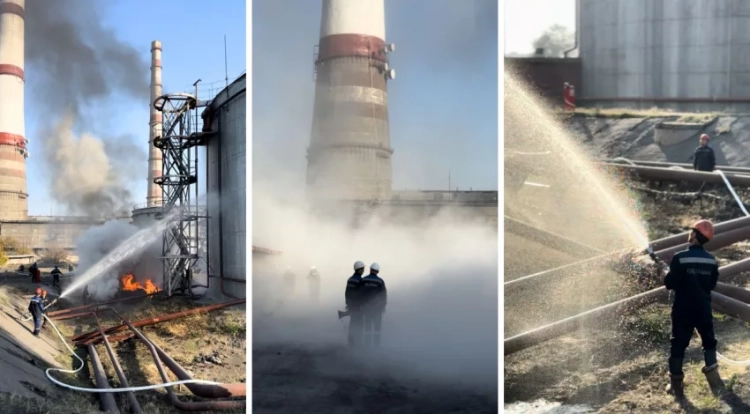
Command-staff exercises at the Bishkek CHPP were held as part of the country's civil defense...

The coup of August 19, 1991. The course of deepening democratic changes in the USSR, conducted by...

This coming weekend, specifically on Sunday, August 31, a techno-festival will take place in the...
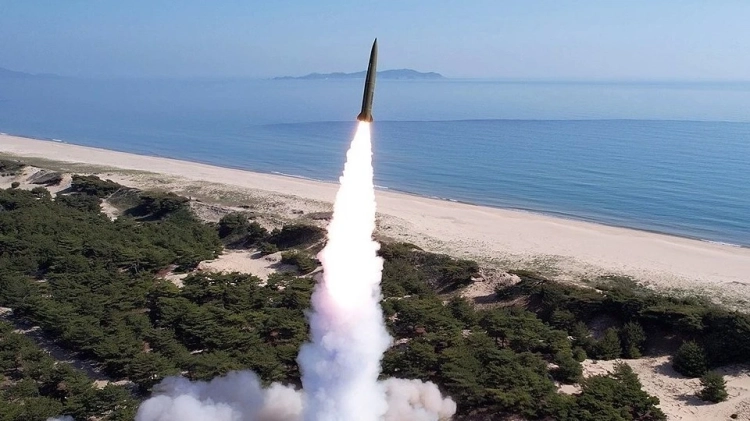
During the tests, two hypersonic vehicles were launched from the Ryokpho area in the capital...
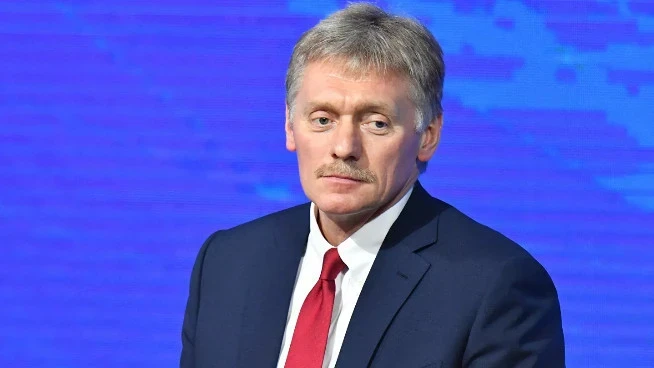
Dmitry Peskov Russian President Vladimir Putin and his American counterpart Donald Trump are...
The IMF has presented its growth forecast for economies around the world, including the Middle East...

The deal was confirmed shortly after a report from the Israeli tech news site Calcalist, stating...
In the Kara-Kulja district, an investigation has been initiated regarding the death of an...

Takaichi, the first woman to hold the post of Prime Minister, promises to return "Japan to...

By 2050, the population of Central Asia will reach 96 million people. This represents an increase...
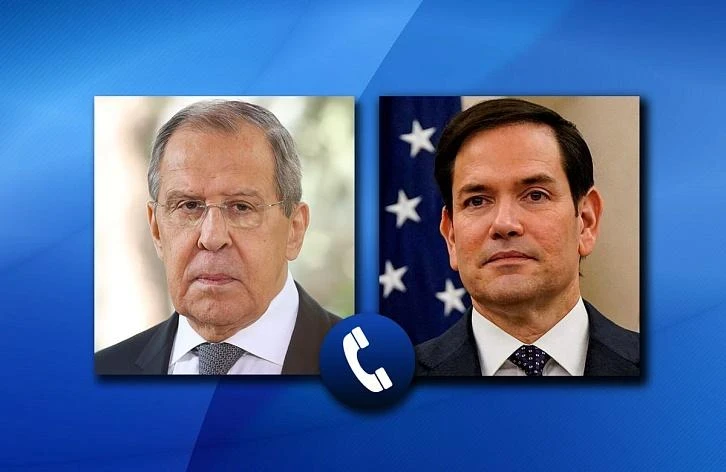
The situation surrounding the Ukrainian conflict has reached a deadlock following a phone call...
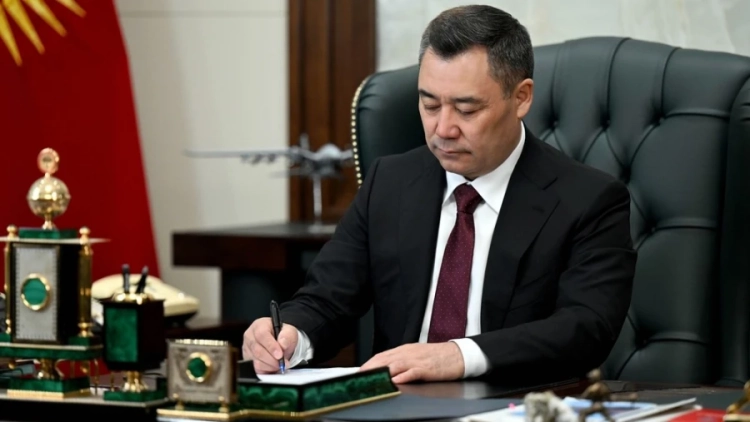
On September 25, the Jogorku Kenesh approved amendments...

Today, December 13, the third meeting of the "School of Civil Enlightenment" was held,...
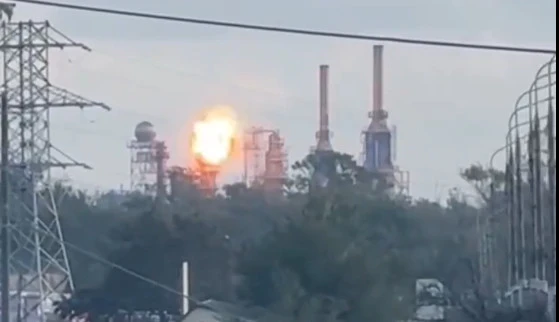
According to his statement, there is currently no information about casualties or victims, and...

The insufficiency of military means to ensure external security is something Kyrgyzstan tries to...

“The visit of the Prime Minister of Japan to Kyrgyzstan will go down in history as the first visit...
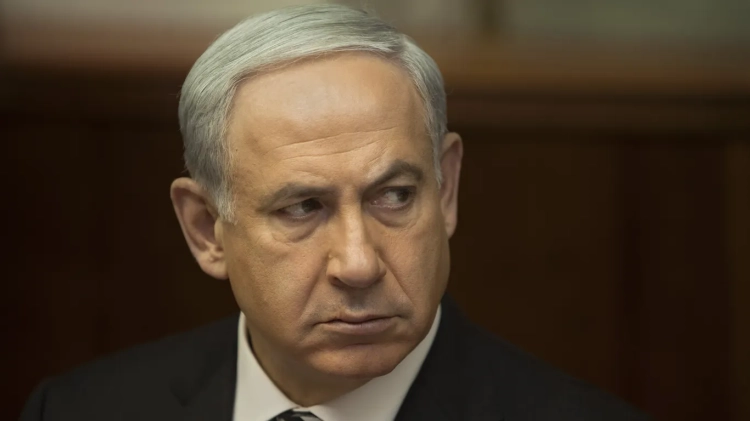
According to reports from Israeli media, Sara Netanyahu attempted to convince ministers who had...
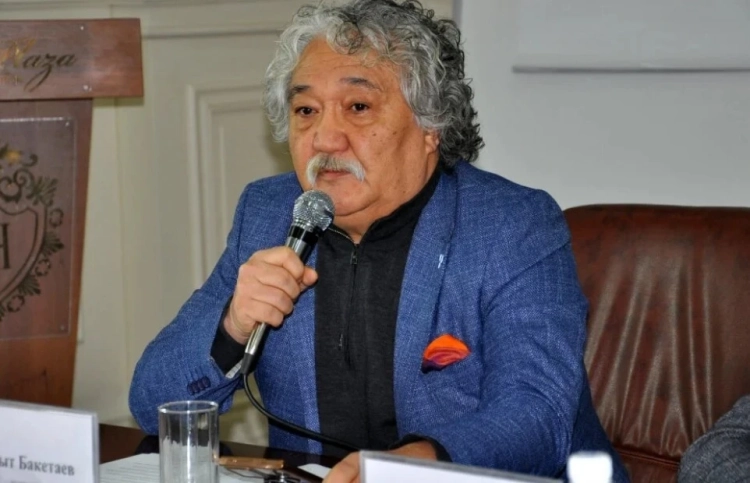
For thirty years, Kyrgyzstan has been under a parliamentary system, and according to political...